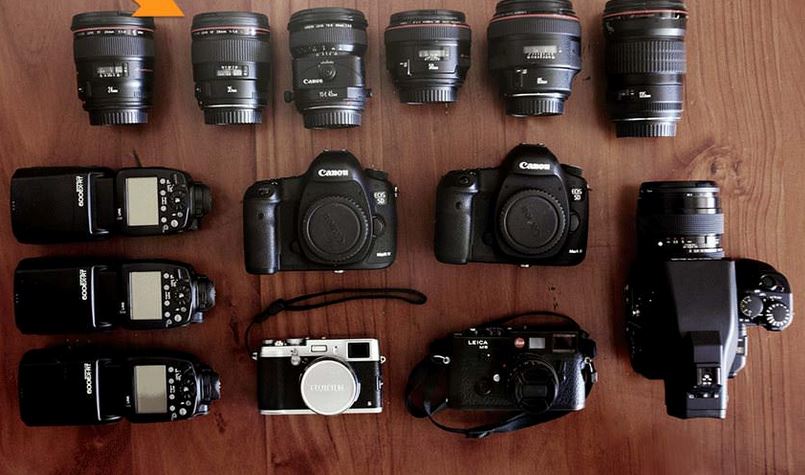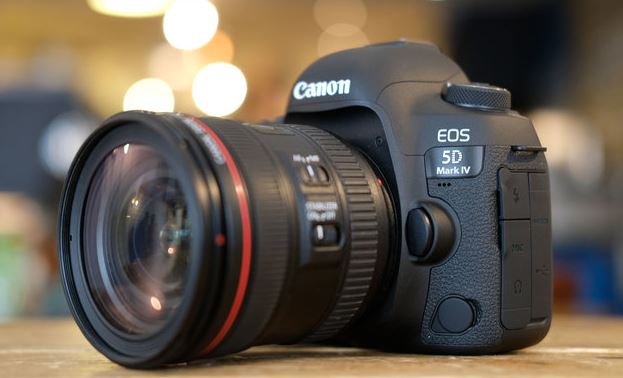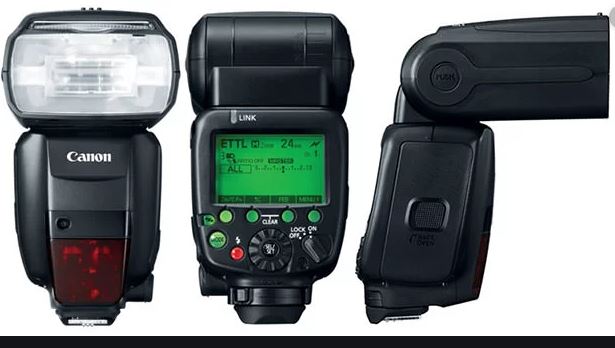 I usually shoot with a Canon 5D Mark IV for digital photos and a Leica M6 for film, but today I’ll just focus on digital. While it’s relatively new to my collection, but I already can’t imagine shooting without it. The Mark IV is a real workhorse camera which is great for strenuous shoots like weddings. It got a much-welcomed megapixel increase from its predecessor, meaning you’ll get more detail and higher resolution than on previous models.
I usually shoot with a Canon 5D Mark IV for digital photos and a Leica M6 for film, but today I’ll just focus on digital. While it’s relatively new to my collection, but I already can’t imagine shooting without it. The Mark IV is a real workhorse camera which is great for strenuous shoots like weddings. It got a much-welcomed megapixel increase from its predecessor, meaning you’ll get more detail and higher resolution than on previous models.

So when you have that bridemaid that just won’t shut up about something she saw on Pinterest, you can print off a life-size photo of Karen looking real boo-boo. That also means if you shoot full RAW, it’ll take up more space on your memory cards, so be sure to use a high quality and fast compact flash card for optimal performance. The Mark IV also shoots terrific video, allowing 120 frames per second at 720p and 60 frames per second at 1080p. And you can shoot 4k video to top it all off. It’s got a touch screen LCD which is great for tapping on a subject to focus, swiping between photos, and zooming in. It has built-in wifi, so we can post same-day photos straight to Instagram, so your Insta-Pod has something to do. It also has Dual Pixel Raw, which allows you to make micro adjustments to the focus after you shoot the photo.
So if you’re shooting with a shallow depth of field, this is a pretty cool feature. It does take longer for the files to write to the card, so it’s not ideal for the fast-paced nature of a wedding day, so we recommend you use it sparingly. it’s better in low light than the Mark III, but it still has room for improvement. We use an array of lenses, but if we had to narrow it down to just two, they’d be the Canon 35mm f/1.4 II series and the 85mm 1.2. We used to own a few zoom lenses, like the 24-70 and 70-200, but we prefer shooting with prime (or fixed focal length) lenses for a few reasons. We love the shallow depth of field that you can get with prime lenses. Not only is this essential for the look we’re aiming to achieve, but it also performs better in low light.
The second reason is it forces us to think about our shot and composition more than if we relied on a zoom lens. The third reason is that prime lenses are generally sharper than zoom lenses because there’s less glass involved in the physical makeup of a prime lens.

We pretty much shoot with a 35mm throughout the vast majority of a wedding day. When we need variations and tighter shots, the 85mm comes into play. The 85mm is great for couples portraits and even wedding party or family photos, as long as you have the space to get back far enough to fit everyone into frame. It’s also great for ceremony shots when you can’t get as close to the action as you’d like. Once the last light of day is gone and Karen starts putting back those tequila shots, we break out our flashes. The Canon Speedlite 600EX-RT is what we rely on.
In our experience, this isn’t an area you want to skimp on, especially when shooting weddings. It’s powerful, has a decent recycle time, and can be used off-camera with a wireless transmitter. We recently started using these diffusers for our flash, called Mag Mods. This particular model is the MagSphere. It helps tame the flash by creating a more diffused look. The downside is it adds a considerable amount of weight to your camera. There you have it. The Canon 5D Mark IV, the Canon 35mm f/1.4 II series the Canon 85mm f/1.2, and the Canon Speedlite 600EX-RT
